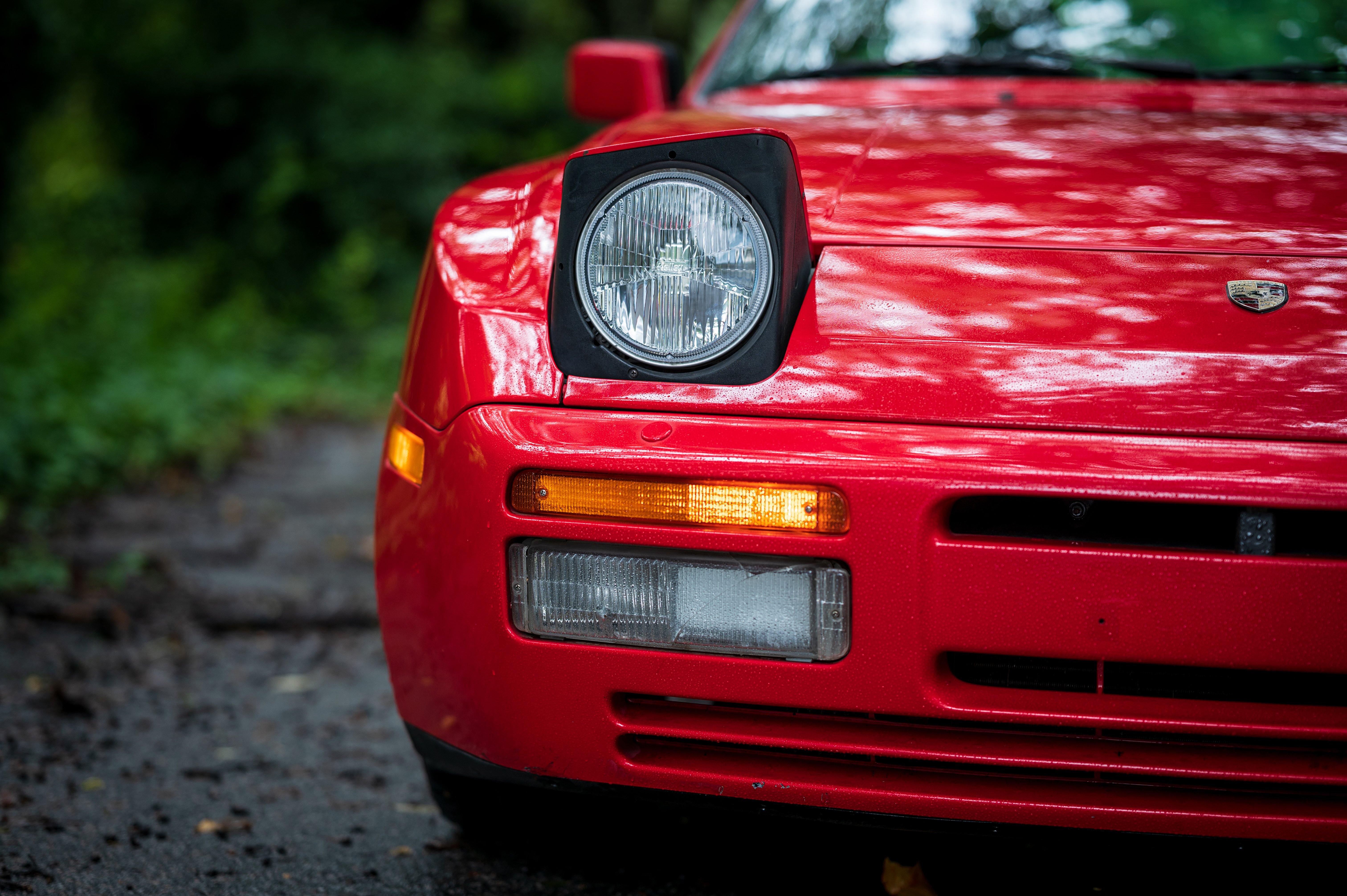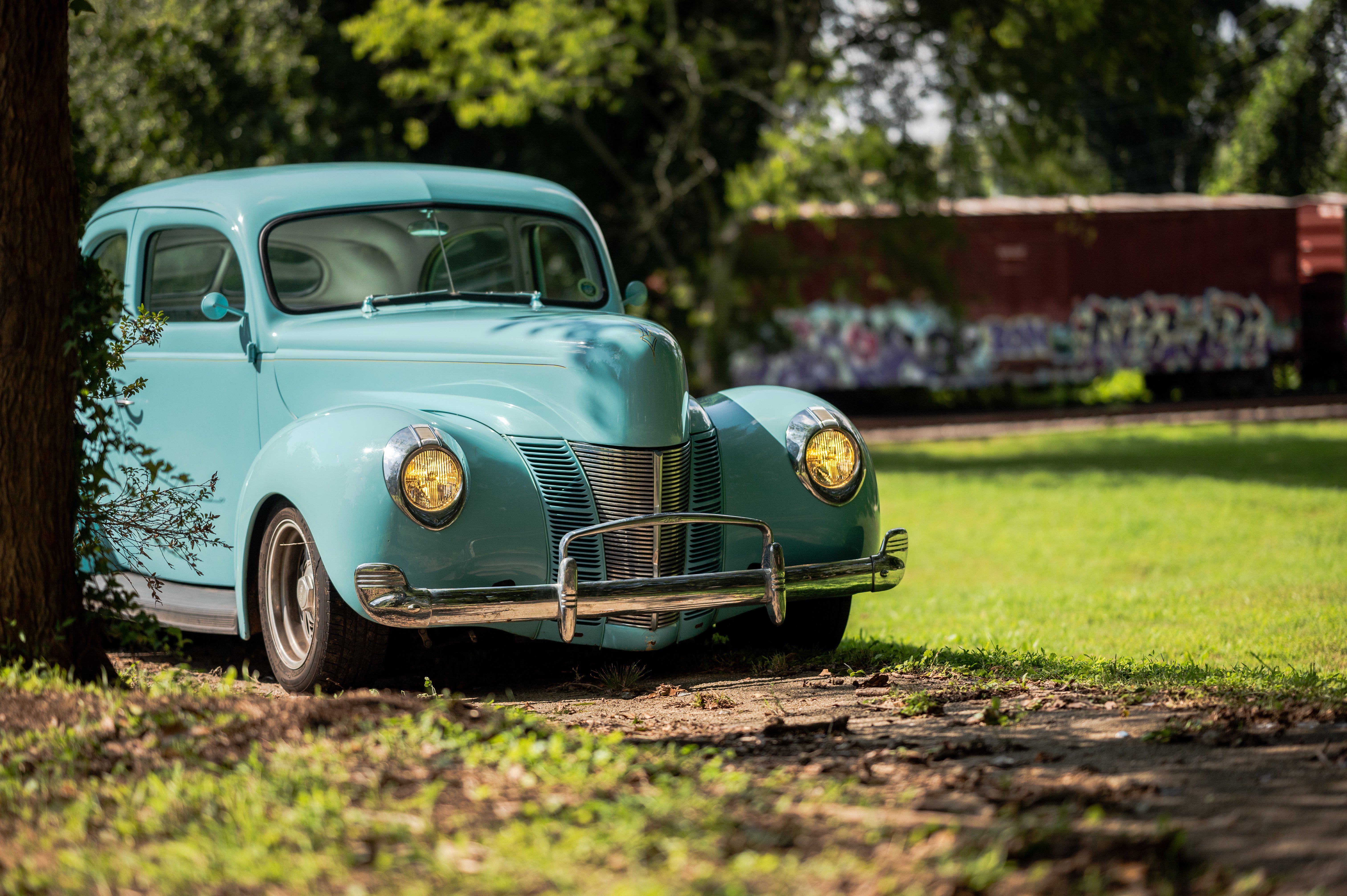Picture this: you're driving down memory lane. You're back to a time when cars had simple, uniform headlights. If you were born after 1990, you might not even remember these days. This is because you've grown up in an automotive world dominated by composite headlamp assemblies.
Unique to each make and model, these assemblies made it easy to replace a burnt-out bulb or cracked unit, but they didn't always rule the road. For around 45 years, U.S. law required all cars to use sealed beam headlamps. These one-piece glass units featured a bulb enclosed in a lens, with the whole assembly sealed shut.
When one of these headlights failed or broke, you'd replace the entire thing, which was quite affordable. And the best part? You can find replacement lamps guaranteed to fit your car Headlight Revolution!
Join us as we journey through the fascinating history of sealed beam headlamps in the United States, uncovering their unique advantages and drawbacks along the way. Buckle up, and let's get rolling!
Sealed Beam Units: A Complete Headlamp in One Package
Sealed beam units are the epitome of simplicity and reliability. These headlamps consist of several components, including a:
- Glass lens
- Metal reflector
- Metal or ceramic bulb
These are all housed in a metal enclosure. The sealed design protects the headlight from dirt and water. This makes it more reliable and less prone to failure.
These units are also designed to project a specific beam of light at a certain angle and level of brightness. The bulb is often triangular, with the light focused by the metal reflector behind it. The lens then disperses the light beam in a wide swath for maximum visibility.
The Origins of Sealed Beam Headlamps
The first sealed beam headlamps were introduced in 1940 by the General Electric Company. This innovative design was based on a single unit that was easy to install on any vehicle and not subject to the wear and tear of traditional bulbs.
The sealed beam headlamp design was quickly adopted in the United States and soon became the industry standard. By 1975, all vehicles manufactured and sold in the United States were required to have sealed beam headlights. This design remained virtually unchanged for the next 30 years. However, with the advent of new technologies such as halogen bulbs, the sealed beam design was modified to incorporate more efficient halogen bulbs.
The Evolution: Halogen Sealed Beam Headlamps
Halogen-sealed beam headlamps entered the U.S. market in the mid-1980s. Halogen is a type of gas that, when heated, produces a bright white light. Compared to the original sealed beam design, halogen bulbs are more efficient and allow for a brighter light output.
These headlamps allowed for a more focused light beam, which improved overall visibility and clarity. Halogen-sealed beam headlamps became the industry standard and can still be found today in some older vehicles or classic cars.
Now that we've set the stage, let's examine the evolution of sealed beam headlamps. Below is a table outlining the key milestones in developing these unique headlights.
|
Period |
Headlamp Characteristics |
|
Prior to 1939 |
Headlamp design was not standardized, and auto manufacturers designed lamps unique to their vehicles. |
|
1940-1956 |
All U.S. cars were required by law to use two 7" round sealed beam headlamps, with one lamp on each side of the vehicle. Each lamp was dual filament, serving as both low beam and high beam. |
|
1957 |
The U.S. law changed, allowing the use of four sealed beam headlamps, each lamp measuring 5 3/4". Two served as low beam and two as high beam. |
|
1958-1975 |
The majority of American cars adopted four round lamps, which could be arranged horizontally, vertically, or diagonally. Some vehicles continued with two lamps. |
|
1975-1984 |
U.S. law allowed the use of rectangular headlamps. Two-lamp systems used 200mm size lamps, while four-lamp systems used 165mm size lamps. Most American cars switched to rectangular lamps, but a few remained with round lamps. |
|
1984-Present |
U.S. law allowed composite headlamp assemblies with replaceable bulbs. However, some lower-priced vehicles and cars with hidden headlights continued with sealed beam headlamps. By the early 1990s, most cars switched to composite headlight assemblies. |
Today, there are no new cars or light trucks sold with sealed beam headlights in the United States. The evolution of headlamp design has led to more advanced, customizable, and versatile lighting systems that better cater to drivers' needs. However, the impact of sealed beam headlamps on automotive history and design should not be underestimated.
A Nod to the Past, Embracing the Future
Sealed beam headlamps have been a staple in the U.S. automotive industry since the 1940s. They offer some advantages, such as improved visibility and durability, while the downsides include low light output and the inability to adjust the beam pattern.
Modern-day cars are equipped with advanced headlamps that can be adjusted and contain even more features. These headlights provide better visibility in all types of weather conditions. However, due to its reliability and cost-effectiveness, the sealed beam headlamp is still used today in the U.S. Sealed beam headlamps may not be as advanced as today's, but they remain a viable option for many U.S. car owners who appreciate their simplicity and dependability.
So, the next time you see a vintage car on the road with its sealed beam headlamps shining bright, take a moment to appreciate the history and innovation behind this automotive technology. Remember how it paved the way for the advanced lighting systems we enjoy today!
Browse Sealed Beam Headlights at Headlight Revolution
Find the perfect sealed beam headlight for your vehicle at Headlight Revolution. Our selection combines reliability, cost-effectiveness, and a nod to automotive history. Explore our collection and upgrade your car's lighting today. Check out this video below about the best 4x6 LED sealed beam headlights for 2023 on YouTube:


